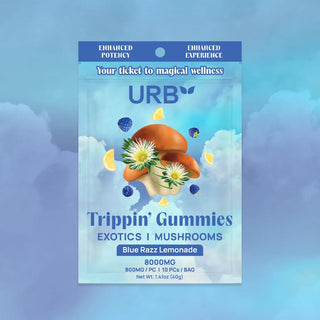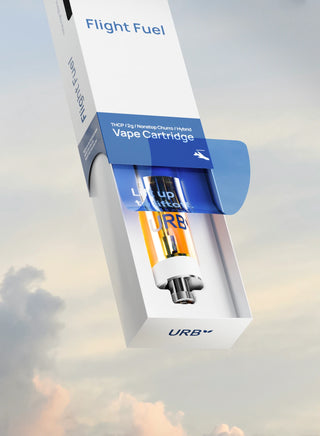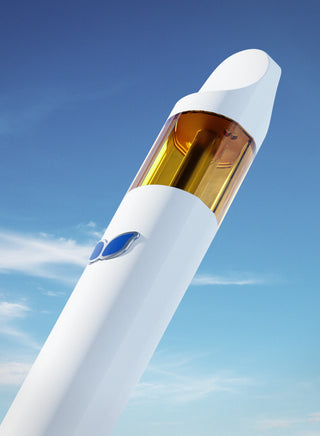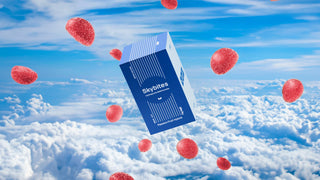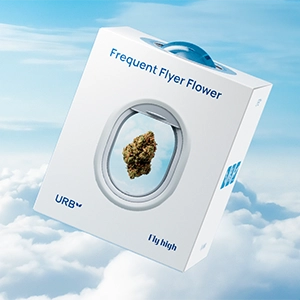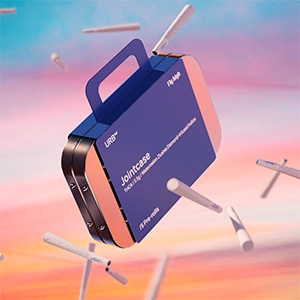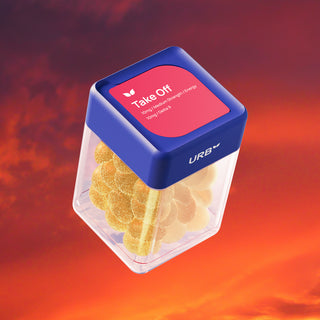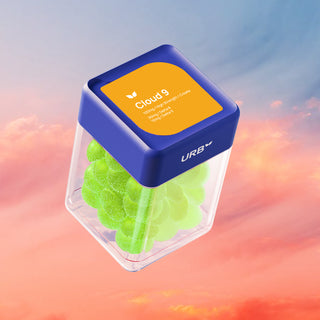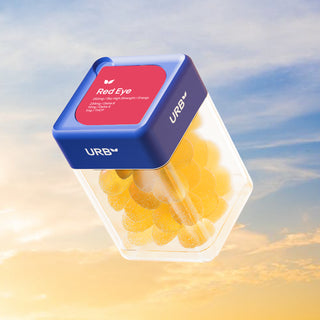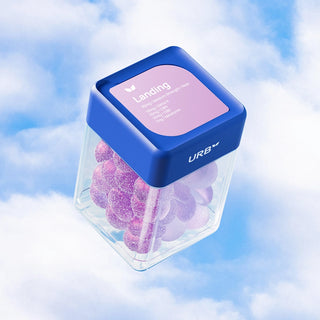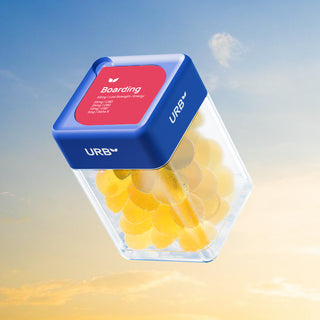CBG needs to be on your Cannabinoid radar, here's why:
The industry has been buzzing over the last decade with new research coming out about the benefits of Marijuana outside of just THC. Suddenly CBD has become a common place term and is taking up the shelf space every where from gas stations to local grocery store chains. Scientists and companies are teaching the public about our Endocannabinoid system and how keeping it in sync with cannabinoids can be a new approach to health and lifestyle questions. However there has been a dark horse of the Cannabinoid discoveries, CBG, and the reports have got us fired up; check out this blog to see why you should be too.
CBG the Mother of all Cannabinoids
CBG, as its’ commonly referred to, is Cannabigerol. CBG is a unique cannabinoid since it serves as the “stem cell” of all cannabinoids, meaning that at 6 weeks into the 8 week growing cycle, when the plant is exposed to heat or UV light, the Cannabigerolic Acid (CBGA) breaks down from enzymes in the plant and directs the plant to produce either THC or CBD depending on the strain and breeding of the plant where it continues grow until maturity and subsequent harvest. The fact that CBG is necessary to produce THC, CBD, and all other cannabinoids, qualifies it as a huge potential for both consumers and researchers.
Cannabidiol Gold
The discovery of CBG came in the 1960’s by researchers; through continued research and a growing understanding of the endocannabinoid system and cannabinoids, scientists and hemp enthusiasts are just beginning to see the full potential of this cannabinoid. According to a Forbes article from September of 2019, the U.S government’s National Center for Complementary and Integrative Health (NCCIH) announced in 2018 that they would be researching CBG and other cannabinoids to see how they could help consumers with pain management. * The Forbes article went on to say this for the possibilities of CBG,
” ‘We know that CBG shows promise as an antibacterial agent and an anti-inflammatory’ says John Huemoeller, CEO of AXIM Biotechnologies, Inc. The potential health benefits of CBG are extensive. A non-intoxicating compound, it’s thought to help regulate mood thanks to its ability to boost anandamide, the body’s native ‘bliss’ molecule, as well as a cat as a GABA reuptake inhibitior. CBG is also a potent neuroprotectant and is currently being evaluated for its ability to combat ailments like Huntington’s Disease. It also has cancer fighting properties and is a potent antibacterial that can even treat MRSA.” *
Another article on CBG from 2017 on Leafly.com shared this research on CBG,
“CBG has been found to act on very specific physiological systems and problems, and results for medicinal use are promising:
- Endocannabinoid receptors are prevalent in eye structures, and interestingly, CBG is thought to be particularly effective in treating glaucoma because it reduces intraocular pressure. It is a powerful vasodilator and has neuroprotective effects to boot.
- In animal experiments involving mice, CBG was found to be effective in decreasing the inflammation characteristic of inflammatory bowel disease.
- In a recent 2015 study, CBG was shown to protect neurons in mice with Huntington’s disease, which is characterized by nerve cell degeneration in the brain.
- CBG is showing great promise as a cancer fighter. Specifically, CBG was shown to block receptors that cause cancer cell growth. In one such study, it was shown to inhibit the growth of colorectal cancer cells in mice, thereby slowing colon cancer growth. CBG inhibited tumors and chemically-induced colon carcinogenesis, therefore demonstrating a very exciting possibility for a cure for colorectal cancer.
- European research shows evidence that CBG is an effective antibacterial agent, particularly against methicillin-resistant Staphylococcus aureus (MRSA) microbial strains resistant to several classes of drugs. Since the 1950s, topical formulations of cannabis have been effective in skin infections, but researchers at the time were unaware of the plant’s chemical composition.
- In a very recent 2017 study, researchers showed that a form of CBG purified to remove delta-9 THC was a very effective appetite stimulant in rats. This may lead to a novel non-psychotropic therapeutic option for cachexia, the muscle wasting and severe weight loss seen in late stage cancer and other diseases.
- In a study that looked at the effects of five different cannabinoids on bladder contractions, CBG tested best at inhibiting muscle contractions, so it may be a future tool in preventing bladder dysfunction disorders.
Scientists are excited about these initial CBG results and are promoting future research with CBG alone or CBG in combination with other cannabinoids and therapies for the treatment of multiple maladies. Because it is non-psychotropic, CBG has a promising wide range of potential applications not only for the problems mentioned above, but also as an analgesic, therapy for psoriasis, and as an antidepressant.” **
With this new found understanding of the potential importance of CBG, companies are learning when and how to harvest CBG most effectively. Since CBG is present before the full maturity of the plant, and results in the production of other cannabinoids, CBG is found in CBD and traditional Marijuana strasns at avery limited amount, usually usually less than 1%.**
Most strains of plants in production are being bred to produce either high level CBD strains or THC strains. To create CBG Tinctures/oils and other isolate based products it can take 20 times the amount of plant if for example you have a 20% CBD strain with 1% CBG present, earning CBG the title of “the Rolls Royce of cannabinoids.”* The answer to creating a product that will be cost effective for consumers is breeding new strains with higher CBG percentages.
We’re definitely going to keep CBG on our radar, and we’re excited to see what further research will discover about the mother of all cannabinoids. Check out the blue links in this blog for further information as well as the references, and keep your eyes on our social media pages for more info on CBG and other industry news; 2020 is bringing big things in CBD and at Lifted Made.
Stay Lifted
References:
**Leafly. Jacqueline Havelka. What is CBG (cannabigerol) & what does this cannabinoid do? Published 3.22.2017
